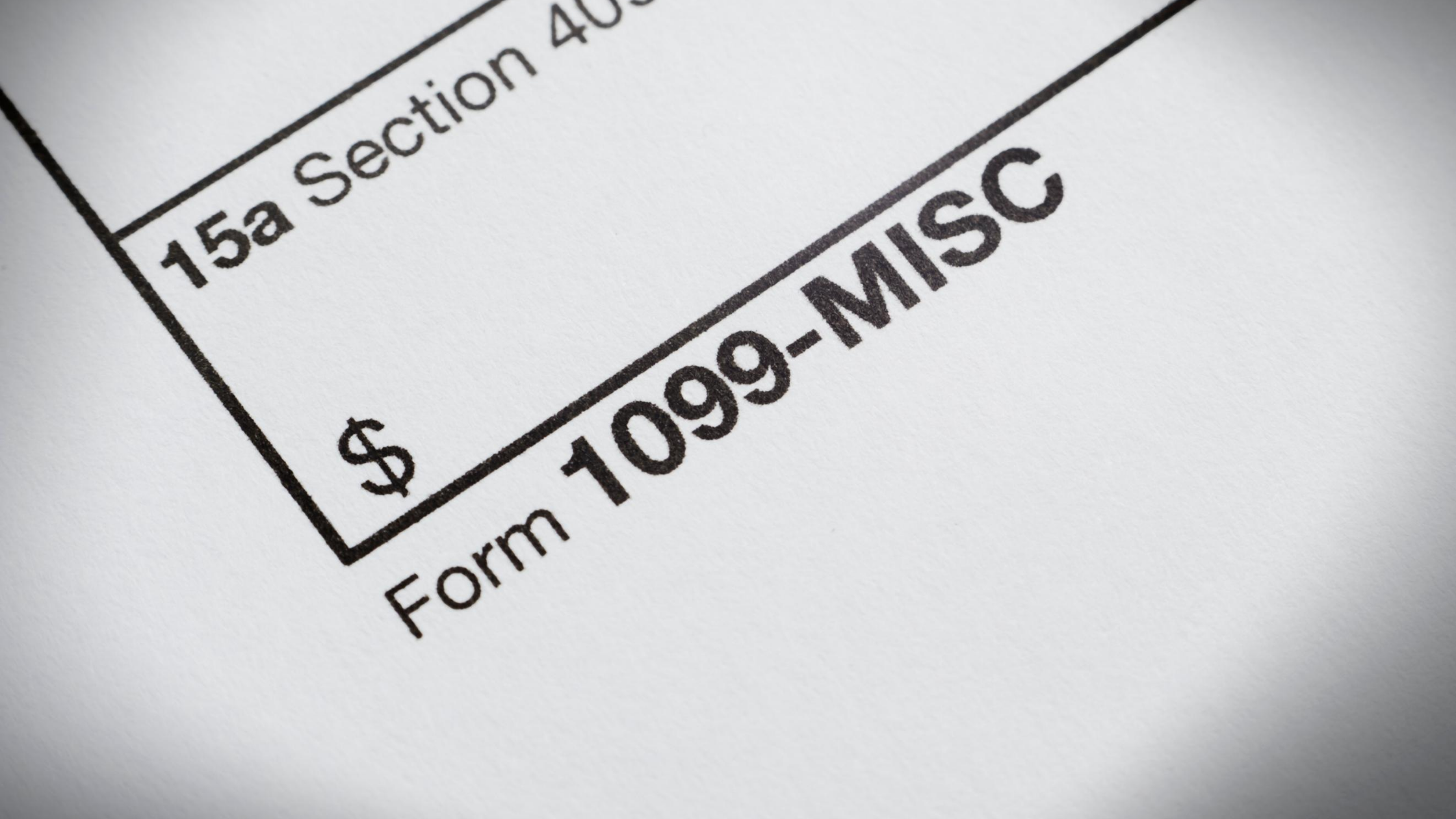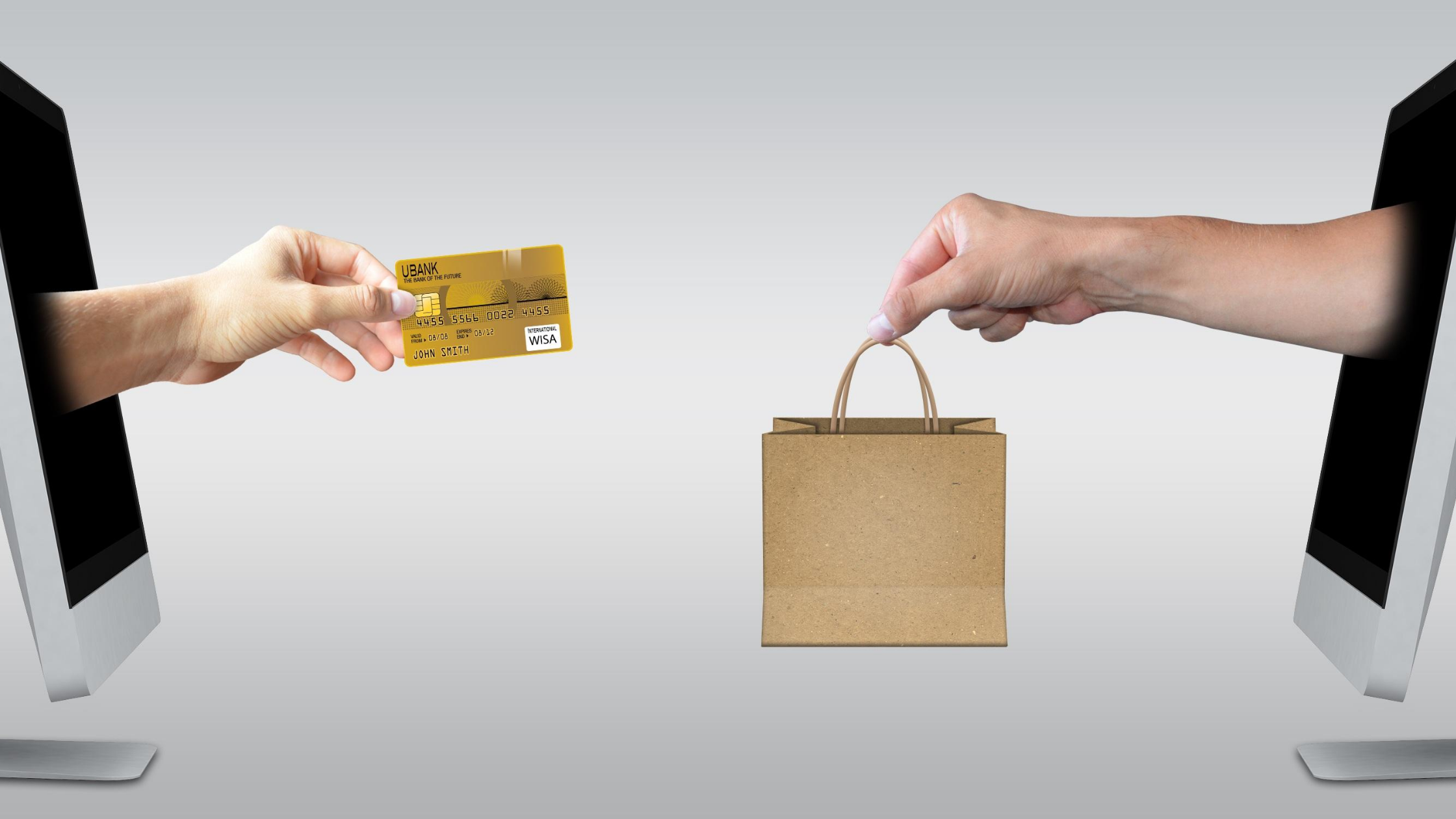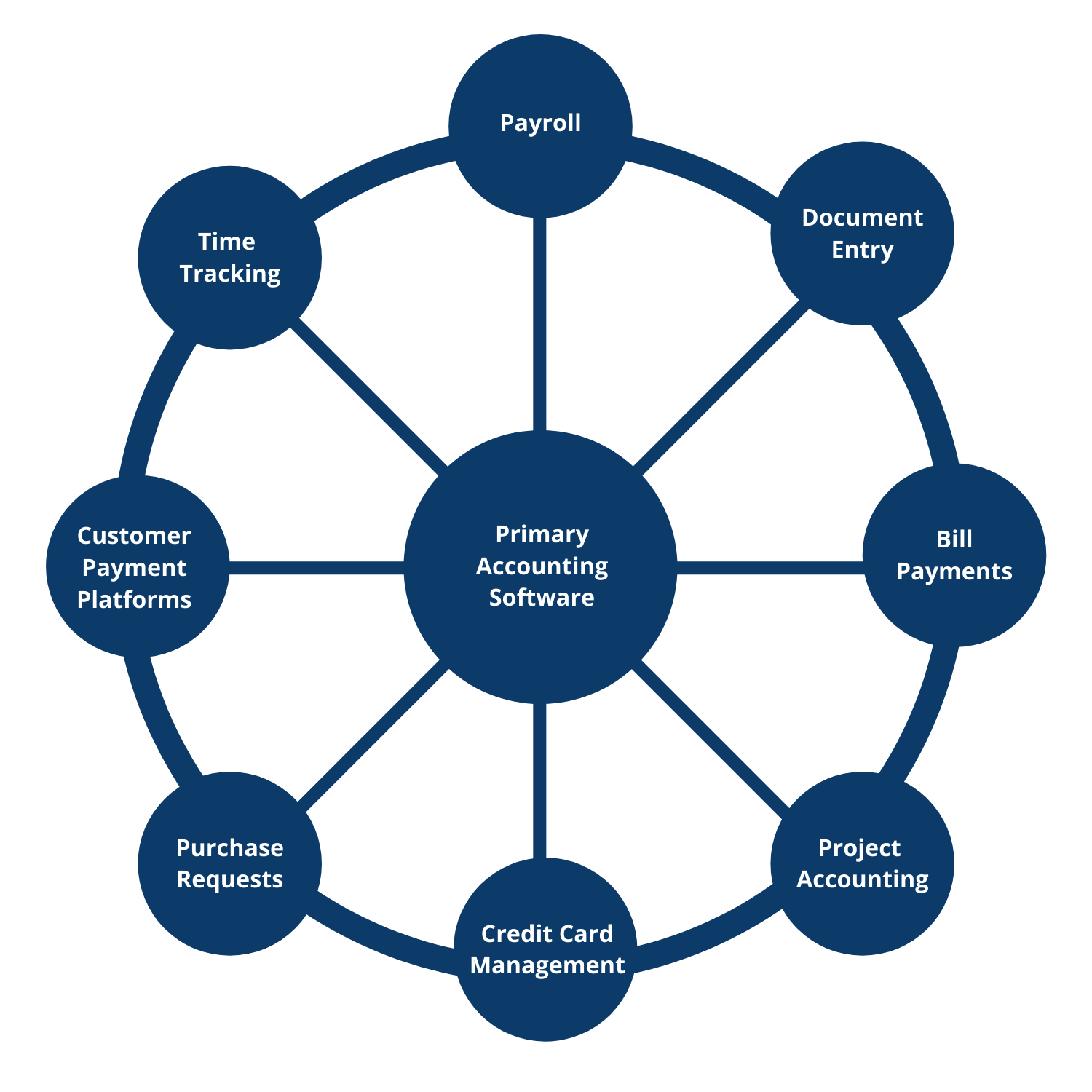Before technology and credit cards ruled our lives, cash was king. It was simple to not spend more than you had because if it wasn't in your wallet, you couldn’t spend it. The “envelope system” became a great way for those struggling to get out of debt to plan their monthly expenses and climb out of the financial hole. After receiving a paycheck, you would cash the check and then place money into each of your envelopes representing a segment of your expenses. Examples of envelopes for an individual may include: mortgage, utilities, savings, insurance, and general purchases. The result is that you take control of your money and plan out your finances instead of being a slave to debt. The same can be done in a business!
Did you know that there is a way to do that leveraging technology and it’s actually relatively simple? I want to introduce the “Modern Envelope System”, which utilizes the same principles as the cash envelope system, but instead uses bank accounts.
We recommend one savings account and 2-4 checking accounts, depending on your business needs. The savings account, or money market account, is an interest-bearing account where you store the “profits” of your business. The remaining accounts serve a specific purpose. Accounts could be used for payroll, inventory, sales tax, operations, and income. The income account is where all the money received from customers is deposited. At the end of every month, you move the monies from the income account amongst the other accounts to cover the next month’s expenses.
The result is this:
- You can keep a close eye on gross revenue received from customers in each month as it is all sitting in one bank account.
- Profits are clearly sitting in the savings account earning interest each month. Those can be reinvested into your business or taken out as a distribution.
- If you budget a certain amount for marketing or operating expenses, you know exactly how much you can spend each month based on what’s sitting in that account.
- If you are in a business where you collect sales tax from your customers, it’s wise to have this separated. It’s really not your money to begin with and if it’s in a separate account, you’re less likely to spend it.
We have taken this concept and implemented it within our own business with great success. It has given our management team a clear picture of where we are and allowed us to plan expenses in the future.
.png?width=755&name=Copy%20of%20enSYNC%20-%20Blog%20CTA%20-%20Nonprofit%20Accounting%20Software%20That%20Powers%20Your%20Mission%20(1).png)










































